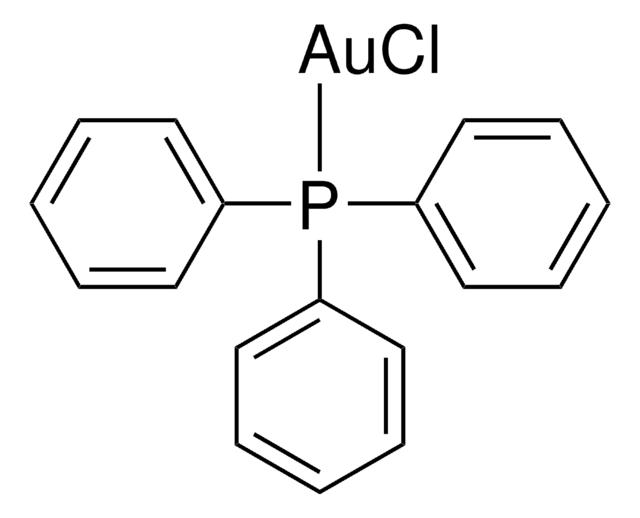398462
Gold(III) hydroxide
Synonym(s):
Gold Trihydroxide, Gold trihydrate
About This Item
Recommended Products
Assay
79-81.4% Au basis (after reduction with hydrazine dihydrate, gravimetric)
Quality Level
form
powder
SMILES string
O[Au](O)O
InChI
1S/Au.3H2O/h;3*1H2/q+3;;;/p-3
InChI key
WDZVNNYQBQRJRX-UHFFFAOYSA-K
Application
Signal Word
Warning
Hazard Statements
Precautionary Statements
Hazard Classifications
Eye Irrit. 2 - Skin Irrit. 2 - STOT SE 3
Target Organs
Respiratory system
Storage Class Code
11 - Combustible Solids
WGK
WGK 3
Flash Point(F)
Not applicable
Flash Point(C)
Not applicable
Personal Protective Equipment
Choose from one of the most recent versions:
Already Own This Product?
Find documentation for the products that you have recently purchased in the Document Library.
Customers Also Viewed
Articles
Plasmonic nanoparticles have unique optical properties that can be tailored to suit a variety of applications in the biotechnology1–8 and electronics9–16 industries.
Our team of scientists has experience in all areas of research including Life Science, Material Science, Chemical Synthesis, Chromatography, Analytical and many others.
Contact Technical Service











